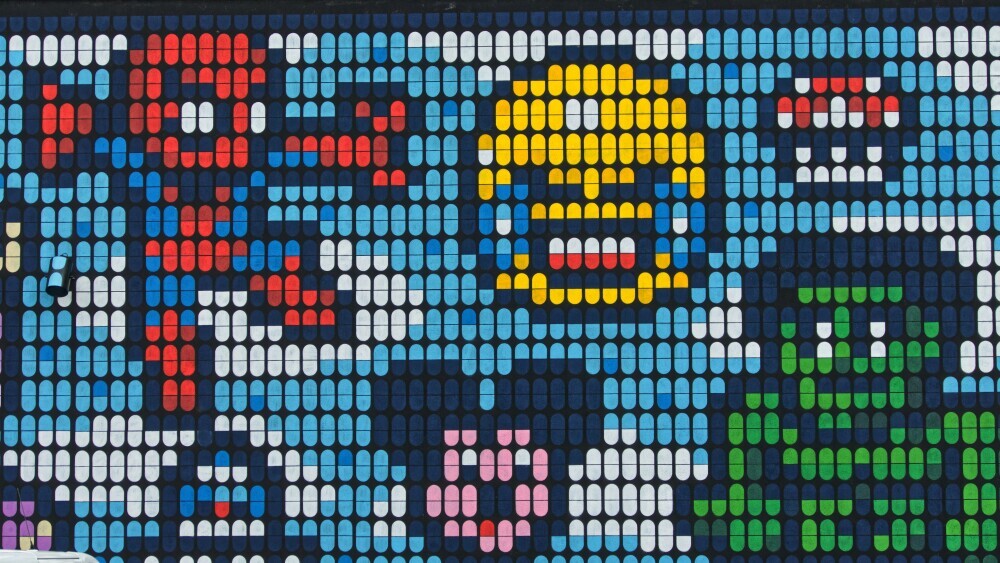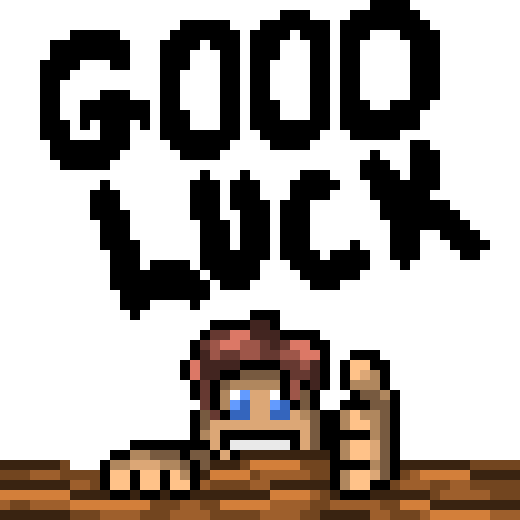
Pixel art is like the cool retro uncle in the digital art world. It’s this super charming art form that traces its roots back to video game graphics of the ’80s and ’90s. Think of those iconic visuals from classic games like “Super Mario Bros.”—all made possible through pixel art.
So, what’s the big deal with pixel art today? It’s not just nostalgia. Pixel art is enjoying a huge resurgence, especially with indie game developers looking to capture that old-school vibe. Streaming platforms and social media are thriving with artists sharing their projects, like the development of a game or their own pixel art.
Getting into pixel art can be really fun because of its unique constraints that inspire creativity. Each pixel is important, demanding a good understanding of color palettes and composition to make your work pop. This focus on detail makes it not just an art form but also a puzzle-solving exercise.
For anyone planning on going into digital art, pixel art offers a fantastic way to combine creativity and technology. You get the charm of classic designs with the modern joy of creating art that can be shared globally. Plus, honing skills in pixel art sets a strong foundation for other digital pursuits and even improves your overall understanding of drawing in general, no matter what it might be.
The Basics of Building a Captivating Pixel Art Portfolio
Crafting a pixel art portfolio isn’t just about slapping your work online. It’s about creating a showcase that tells the story of your artistic journey. So, where do you start? First, think of your portfolio as a digital gallery that represents your unique style and skills. Each piece should speak to your capabilities and creativity.
The first step is to know your audience. Are you eyeing a job with a game studio? Maybe you want to snag freelance gigs or just build a fan base. Knowing who you’re talking to helps tailor your portfolio in a way that’s engaging and relevant to those people.
A killer portfolio isn’t just about quantity but about quality and relevance. Curating your best work is key. Too many pieces can overwhelm visitors, making it hard for them to get a true sense of your style. Pick pieces that you’re not just proud of, but ones that show variety and depth in your skill set. Show them what you are capable of.
Design your portfolio with intention. Keep it simple and user-friendly. Organize your work in a logical way, so people can navigate easily. Clear labels and descriptions can really help explain contexts or any specific tools and techniques used.
And remember, a well-thought-out portfolio goes a long way in setting you apart in a sea full of vibrant pixels. It’s your art’s resume, so polish it well and maintain it.
Digital Tools for Crafting and Showcasing Pixel Art
Creating pixel art relies on having the right tools at your fingertips, and lucky for us, there’s a bunch of awesome software out there that’s got our backs. Whether you’re a beginner or a seasoned pro, there are programs tailored to your needs, helping you create stunning pixel perfection.
For starters, Aseprite has gained quite the reputation among pixel artists. It’s specifically designed for pixel art creation and offers features like onion skinning, which helps when animating, and a user-friendly interface that makes you feel right at home. Plus, it’s got all the tools you’d expect, like layers and customizable palettes.
Here is an informative video tutorial on how to use Aseprite made by Saultoons
Another great option is GrafX2, a classic that’s free and open source. It’s super versatile, with support for various platforms. GrafX2 is particularly known for its old-school vibe, which is awesome if you’re feeling nostalgic but also want some modern functionalities.
And let’s not forget about Photoshop or GIMP. While not exclusive to pixel art, these programs are powerful enough to handle complex projects and provide great customization through brushes, filters, and scripts. They’re perfect for those already comfortable with them and looking to expand into pixel art.
Once your art is ready to wow the world, setting up your portfolio on platforms like Behance or DeviantArt is a good move. These platforms cater to a broad range of art styles and have a massive audience base, helping our artwork get that much-deserved attention. Additionally, dedicated pixel art communities like Pixel Joint offer special features for pixel artists, fostering connections and getting feedback from fellow enthusiasts.
Working with these tools and platforms not only hones your skills but also ensures your art reaches the right audience, building your reputation as a pixel artist.
What Websites Are the Best for Displaying Pixel Art Portfolios?
With a dazzling pixel art portfolio ready to go, it’s crucial to select the perfect online stage to showcase it. In the vast ocean of the internet, certain websites stand out as go-to platforms for pixel artists.
(The order of websites does not portray superiority)
1. ArtStation
ArtStation is a top pick for many creatives. Known for its clean, professional layout and strong artistic community, it’s a great place to not only display your work but also discover inspiration from other talented artists. Plus, ArtStation has features tailored for portfolio presentation, making it easy to get noticed by industry pros.
2. DeviantArt
For those who love community interaction and feedback, DeviantArt remains a staple. It offers a vibrant space for artists to share their work, receive constructive criticism, and build a following. The platform allows for easy categorization and tagging, so your pixel art reaches the right eyes.
3. Behance
Then there’s Behance, a platform under the Adobe umbrella. It’s perfect if you’re aiming for a polished, professional appearance. With its customizable portfolio templates, Behance is ideal for artists who want to highlight their best work and engage with creative professionals globally.
4. PixelJoint
Don’t overlook niche sites like PixelJoint. Tailored specifically for pixel art, it fosters a community dedicated to this unique form of art. PixelJoint not only offers a platform for portfolio display but also encourages interaction through contests and forums.
When selecting where to post your portfolio, keep in mind your goals and what each platform offers in terms of visibility, community engagement, and potential professional opportunities. Choosing the right platform to showcase your pixel art can significantly boost your reach and help you connect with game studios, clients, or just fellow pixel art lovers.
Enhancing Your Pixel Art Portfolio to Boost Engagement and Opportunities
Your pixel art portfolio is up and running, but the journey doesn’t stop there. Regularly updating your work is key. New projects show growth and keep your portfolio relevant. It’s like refreshing your Spotify playlist, nobody wants to listen to the same tracks forever.
Engagement doesn’t come just from showcasing; it’s about making connections. Join communities, participate in discussions, and share insights. For example, Discord has tons of servers full of people who share the same passion; it could be a server ranging from anything about gaming to servers based on physical fitness. Whether it’s feedback on a forum or art swaps in groups, these interactions can open doors to collaborations or gigs.
Networking is important. Building relationships with fellow artists, art directors, and influencers boosts your chances of being noticed. Consider attending virtual art exhibitions or game developer conferences to widen your circle.
Presentation is everything. When discussing your portfolio in professional settings, confidently highlight your best projects. Be ready to talk about your techniques, tools, and the stories behind your designs. This showcases your passion and expertise.
Lastly, remember that your portfolio isn’t just a collection of art. It’s a reflection of your creative journey and ambitions. Keeping it dynamic and engaging ensures it remains a powerful tool in capturing opportunities and networking in the art world.
In Conclusion
Be patient, nothing happens overnight. Make sure to have fun creating your pixel art, and the results will show over time. To have a portfolio, you must first have content, which you must then upload to a place of your choice and give your art exposure to the pixel art community.

Do you have any personal favorite websites for your portfolio? 🤔
Leave it in the comment section below! 🙂